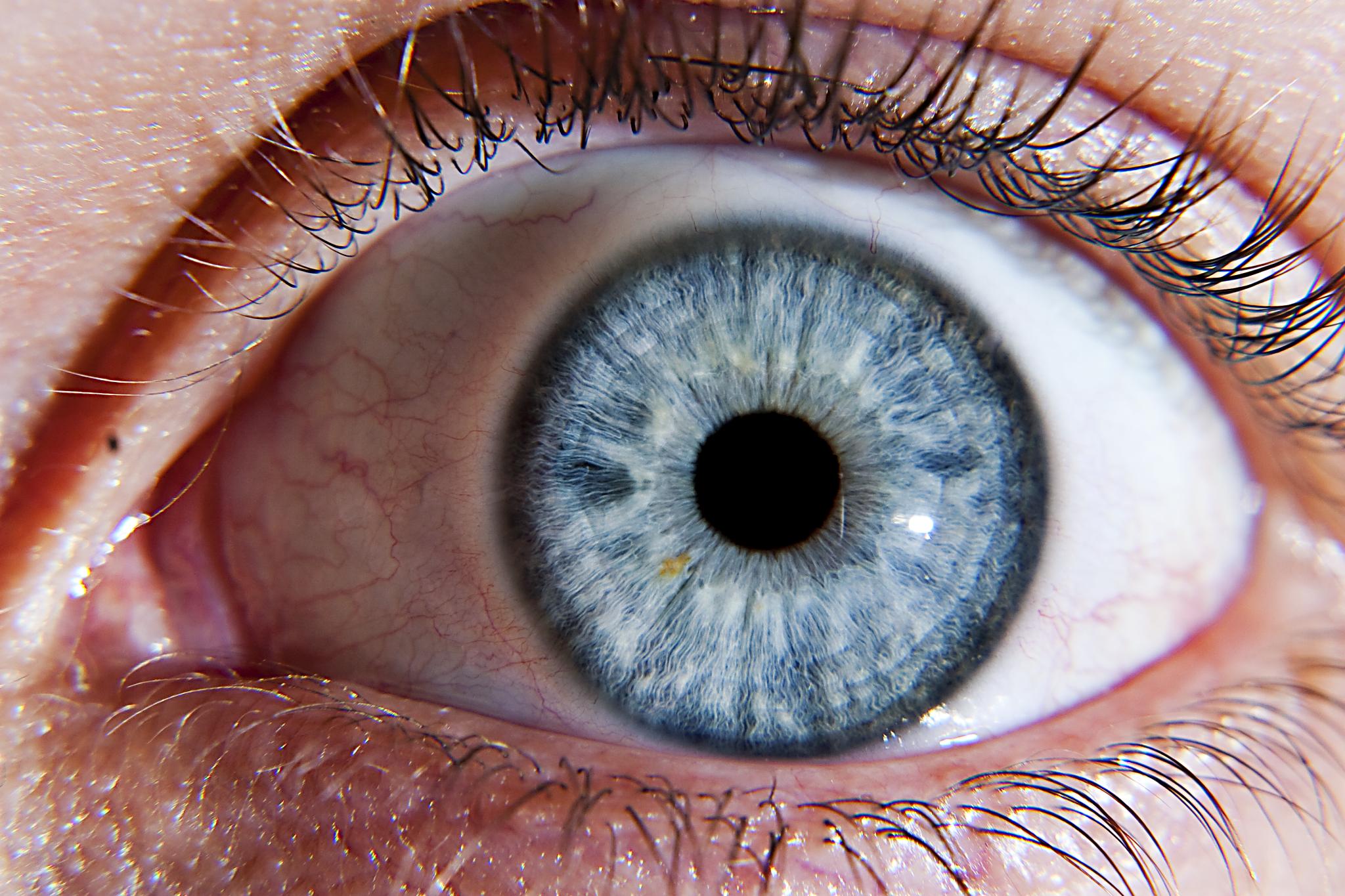The art of eye pencil drawing is a delicate yet powerful skill that can elevate any portrait or sketch to a new level of depth and realism. At its core, the eye is the most expressive feature of the human face, conveying a vast array of emotions and telling a story that words often cannot. Mastering the techniques behind drawing eyes with a pencil requires patience, attention to detail, and a keen understanding of the anatomical structure and nuances of this complex feature.
To begin with, it’s essential to grasp the basic anatomy of the eye. The eye consists of the iris, pupil, sclera, eyelids, and eyelashes, each component playing a crucial role in the overall appearance and expression of the eye. The iris, the colored part of the eye, surrounds the pupil, which is the black center that controls the amount of light entering the eye. The sclera, the white part of the eye, provides protection, while the eyelids and eyelashes serve both functional and aesthetic purposes.
Basic Drawing Techniques
Before diving into the specifics of eye drawing, it’s crucial to familiarize yourself with basic pencil drawing techniques. These include hatching, cross-hatching, stippling, and shading, which are fundamental for creating depth, texture, and dimension in your drawings.
- Hatching involves creating a series of closely spaced parallel lines. The density of lines can be varied to suggest different tones and textures.
- Cross-hatching builds upon hatching by layering lines at different angles, allowing for a greater range of tonal values and detailed textures.
- Stippling creates images using small dots. The density and spacing of the dots determine the darkness and lightness of the image area.
- Shading refers to the process of creating a gradation of values (light and dark) to represent the three-dimensional form of an object on a two-dimensional surface.
Step-by-Step Guide to Drawing Eyes with a Pencil
1. Sketching the Basic Shape
Start by lightly sketching the overall shape of the eye, including the upper and lower eyelids. Pay attention to the proportion and the angle of the eye, as these can vary greatly from person to person and influence the overall expression of the face.
2. Detailing the Iris and Pupil
The iris and pupil are crucial elements in eye drawing. The iris can be detailed using gentle, curved lines that follow its round shape. The pupil, being the darkest part of the eye, should be drawn with careful attention to its size and position within the iris. The amount of the iris covered by the eyelids can dramatically change the perceived expression of the eye.
3. Adding Shading and Depth
Shading is key to creating a realistic and expressive eye. Start with the pupil, using your darkest pencil (such as a 6B) to create a deep, rich black. The iris can be shaded using a range of grays, with the lines following the curved shape of the iris. The sclera, being the lightest part of the eye, might only require minimal shading to suggest its curvature.
4. Drawing Eyelids and Eyelashes
The eyelids and eyelashes frame the eye and play a significant role in its overall appearance. The eyelids can be sketched using smooth, flowing lines that follow their natural curve. Eyelashes are added last, drawn as small, fine lines extending from the eyelid margin.
5. Final Touches
Finally, step back and evaluate your drawing. This is the time to make any necessary adjustments to proportions, shading, or details. Remember, practice makes perfect, and it’s okay if your early attempts don’t turn out as expected. The skill of drawing eyes, like any other, develops over time with consistent practice and patience.
Advanced Techniques for Realism
For those looking to push their skills further and achieve a more realistic portrayal of the eye, consider the following advanced techniques:
- Layering: Build up layers of pencil marks gradually, starting with light layers and gradually increasing the pressure for darker tones. This approach allows for subtle transitions between different values and can enhance the overall realism of the drawing.
- Blending: Use a blending stump or tortillon to smooth out pencil marks, especially in areas requiring soft, gradual transitions such as the iris or the skin around the eye.
- Texturing: Experiment with different pencil textures and techniques to capture the unique characteristics of each part of the eye, such as the smoothness of the sclera or the intricate patterns of the iris.
Common Mistakes to Avoid
- Incorrect Proportions: Ensure that the proportions of the eye are accurately represented. A common mistake is making the eye too large or the eyelids too thick.
- Insufficient Contrast: Don’t be afraid to use a wide range of values (from very light to very dark) to create depth and dimension in the eye.
- Overdetailing: While detail is important, overdetailing can make the eye look unnatural or tense. Balance is key.
Conclusion
Drawing eyes with a pencil is a nuanced and rewarding process that, with practice and dedication, can lead to incredibly realistic and expressive portraits. By mastering the basic techniques of pencil drawing, understanding the anatomy of the eye, and applying advanced methods for realism and detail, artists can capture the essence and emotion of their subjects with remarkable accuracy. Remember, the eye is not just a feature of the face; it’s a window to the soul, and capturing its beauty and complexity is a challenge worthy of pursuit for any artist.
What are the basic components of the eye that should be included when drawing?
+The basic components include the iris, pupil, sclera, eyelids, and eyelashes. Each component plays a significant role in the overall expression and appearance of the eye.
How do I achieve realism when drawing eyes?
+Achieving realism involves understanding the anatomy of the eye, using a range of pencil techniques to create depth and dimension, and paying close attention to the subtleties of expression and detail that make the eye look alive and expressive.
What are some common mistakes to avoid when drawing eyes?
+Common mistakes include incorrect proportions, insufficient contrast between different parts of the eye, and overdetailing, which can make the eye look unnatural. Balancing detail and simplicity is key to a realistic portrayal.



